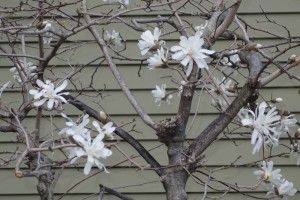Magnolia trees are unfurling tender blossoms and daffodils are poking their heads through cold soil. Soon we’ll be treated to a parade of white, magenta, and yellow blooms. Another reason to welcome spring is the profusion of flea and antiques markets. Whether you’re visiting the Lincoln Road antique and collectible market in Miami, the Brooklyn Flea, London’s Bermondsey antiques, the puces in Paris, Provence’s famed L’Isle-sur-la Sorgue, or any other flea market, follow these 6 suggestions and you’ll be prepared to go elbow-to-elbow with the pros.
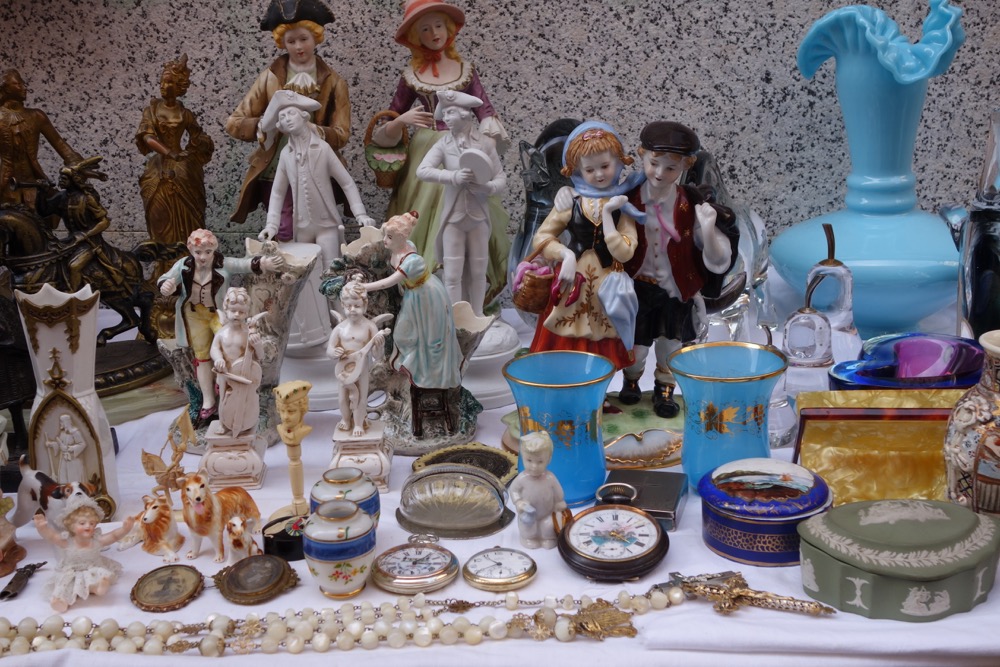
1. Arrive early. The good stuff goes fast. No matter how early you get there, you probably won’t be alone. Ardent shoppers armed with flashlights and tanked up on caffeine hunt down the best treasures before the sun fully rises.
2. Wear comfortable shoes. Flea markets usually involve a lot of walking. Many take place on grassy areas (for example, the Brimfield Antique Show in western Massachusetts which spans several fields). Leave the sandals behind and wear a closed-style shoe.
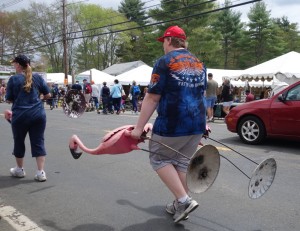
3. Keep hydrated. No matter how much water I bring, I usually run out and wish I’d brought more. Your mood and endurance will stay stronger if you’re not thirsty.
4. Expect to be overwhelmed. Flea markets are, by their nature, dizzying with the array of goods on display. Go into the experience knowing that it’s impossible to see everything.
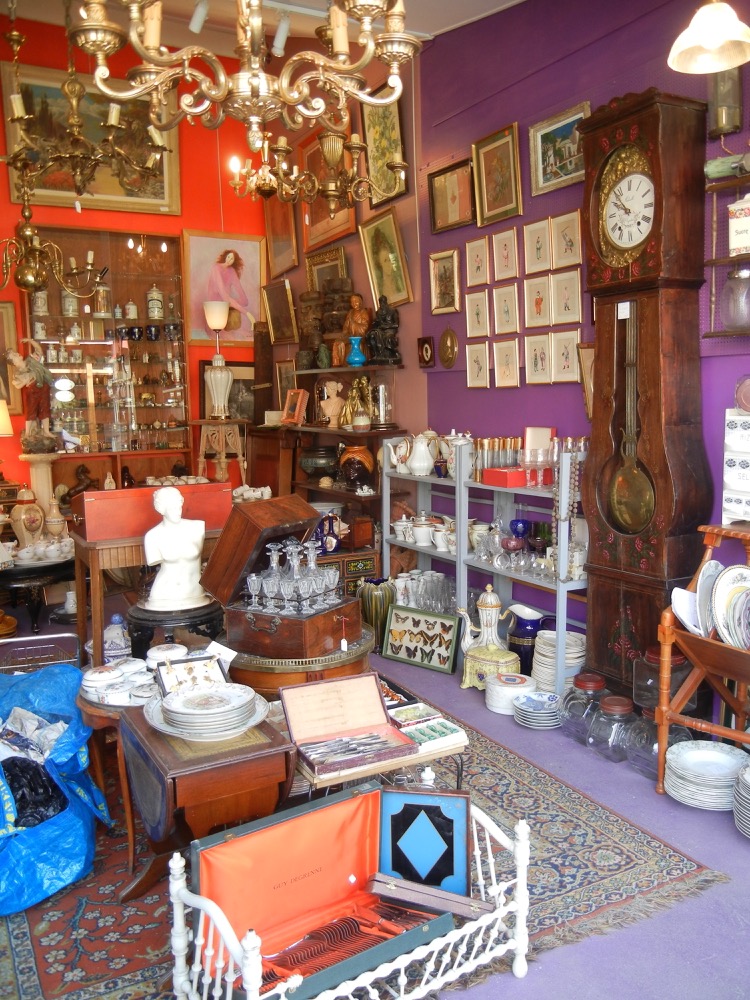
5. Bring cash—and in small denominations. Your negotiating leverage goes up if you’re able to pay cash, not credit or check.
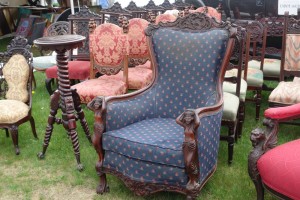
6. If possible, bring the following items: a cart or stroller (or at least a sturdy rucksack), hand sanitizer, tissues (think PortaJohns), sunscreen, and a hat. These are indispensable for outdoor flea markets.
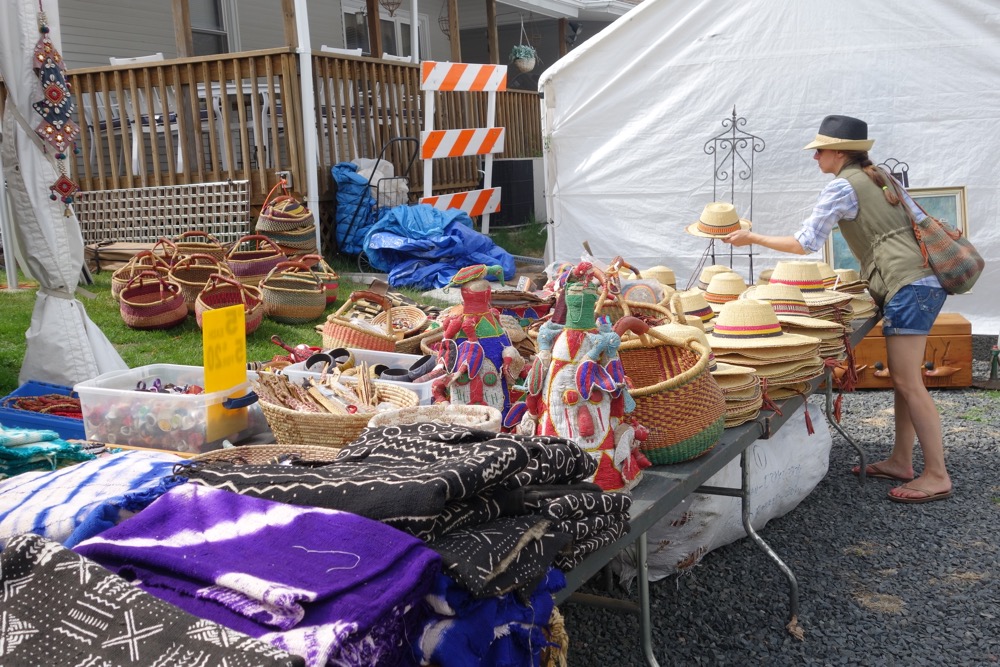
Happy hunting and happy spring!
